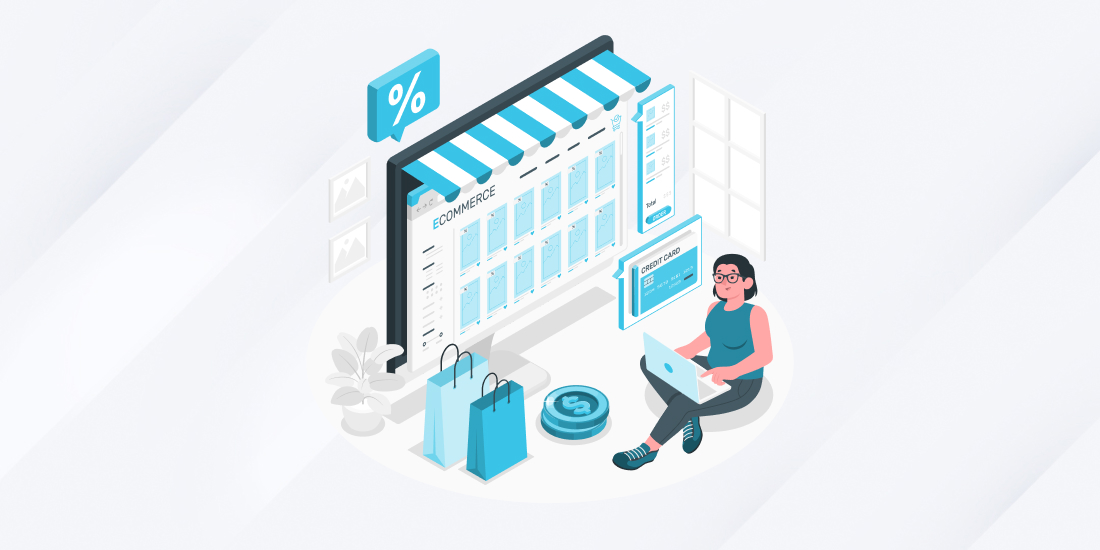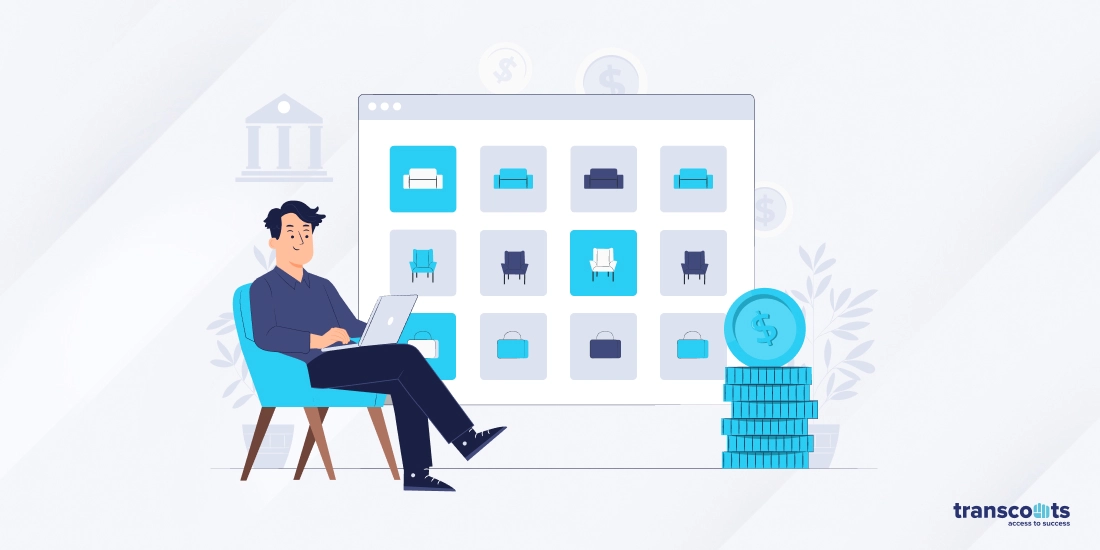At Transcounts, we have been working with 100+ ecommerce businesses selling across Canada, the United States, Europe, and other parts of the world through platforms like Shopify, Amazon, Walmart, Etsy, eBay, BigCommerce, etc. We have guided these businesses from solopreneurs to blossoming teams of 20+ along with navigating international sales tax complexities and identifying the most suitable payment processors. Get to know more about Transcounts.
Within the broad realm of e-commerce, where user experience is of utmost importance, a seamless payment process is pivotal for converting visitors into loyal customers. Explore various payment options, the role of processors, and essential considerations for choosing the best gateway. This concise guide equips you to navigate the complexities of e-commerce payments with confidence.
5 Major E-Commerce Payment Methods
Electronic commerce has progressed beyond conventional modes of payment such as credit and debit cards. Although these are still the most popular options for online purchases, more recent options have appeared to accommodate a wider range of customer preferences.
- Credit and Debit Cards: In e-commerce, these are still the most popular payment options. Shopify, WooCommerce, and BigCommerce are examples of platforms that easily interface with major card networks, giving customers a dependable and comfortable choice.
- Digital Wallets: There has been a noticeable increase in the use of digital wallets like PayPal, Apple Pay, and Google Pay. These systems simplify the checkout process by providing consumers with a safe and easy method to keep their payment information.
- Mobile Payments: Shop Pay and other mobile payment options are becoming increasingly well-liked. These enable consumers to pay straight from their mobile devices and often come with extra services like customized suggestions and order monitoring.
- Buy Now, Pay Later (BNPL):Clients may make purchases and pay for them over time using BNPL services like Affirm and Sezzle. This is appealing to a wider group of people, particularly those who would rather have greater flexibility with payments.
- Cryptocurrency: More and more e-commerce is using cryptocurrencies like Ethereum and Bitcoin. A growing number of progressive companies now accept digital currencies as payment.
How Payment Processors Work
It’s essential to learn about how payment processors operate in order to comprehend the complexities of e-commerce payments. Payment processors, payment gateways, and merchant accounts are the three main components of this procedure.
Payment Processor
The organization that controls the transaction process in the background is known as a payment processor. To make the money transfer easier, it interacts with the originating bank, the acquiring bank, and the merchant. Square, PayPal, and Stripe are a few examples of payment processors.
Payment Gateway
The bridge that joins the payment processor and e-commerce platform is called a payment gateway. Payment information is securely sent between the buyer and the seller. Braintree, 2Checkout, and Authorize.Net are a few well-known payment gateways.
Merchant Accounts
An account that enables companies to receive payments is known as a merchant account. Before money from credit card sales is sent to the company’s bank account, it is held. Merchant account services are often offered by payment processors like Square and Stripe.
3 Things to Consider When Deciding the Payment Processor
Selecting an appropriate payment processor is an essential choice for every online retailer. To guarantee that clients have a smooth and safe payment experience, a number of elements need to be properly taken into account.
1. Security & Compliance
Protecting client data is crucial. To secure sensitive data, payment processors have to abide by industry standards like PCI DSS (Payment Card Industry Data Security Standard). For instance, Stripe is renowned for having strong security protocols.
Stripe is renowned for its strong security features and developer-friendly methodology. A standard fee of 2.9% + 30¢ is charged for each successful transaction. Because of its adaptability, companies of all sizes love it.
2. Cost & Transaction Fees
Small and medium-sized firms, in particular, give careful thought to the cost of using a payment processor. Transaction fees might differ, thus it’s important to compare the price to the services provided. PayPal, for example, imposes 2.9% + 30¢ for each successful transaction.
Similarly, Affirm, a BNPL service, provides clear-cut lending choices. Affirm charges a fee for each transaction, which may range from 2.5% to 3.5% for merchants. Another BNPL choice with a distinct spin is Sezzle. The payments are divided into four installments that are interest-free. Merchants pay a fee of 6% + 30¢ for every transaction to Sezzle. This serves a certain market looking for low-cost payment choices.
The costs associated with using digital wallet services like Apple Pay and Google Pay are usually comparable to those of regular credit card purchases. They also provide further ease of safe and speedy payments, particularly with mobile devices.
Additionally, customers using Shopify shops may check out more quickly thanks to Shopify’s creation of Shop Pay. For U.S.-based companies, it provides competitive transaction fees of 2.4% + 30¢ for each transaction.
3. Integration Options
It’s critical that your e-commerce platform be simple to integrate with. Seek payment processors that combine well with the platform of your choice. For instance, Shopify’s e-commerce platform seamlessly interacts with Shopify Payments, the company’s own payment processor.
Key takeaways
All in all, managing e-commerce payment procedures includes being aware of the range of possible payment options, the function of payment processors, and the factors to be taken into account when selecting the best payment gateway. E-commerce companies may accommodate a wide range of customer preferences with a variety of alternatives, ranging from conventional credit cards to cutting-edge technology like Bitcoin and buy now pay later (BNPL) systems.
Businesses need to consider security, compliance, pricing, and integration possibilities when choosing a payment processor. True cases that demonstrate the market’s variety are Stripe, PayPal, Affirm, Sezzle, Shop Pay, Apple Pay, and Google Pay. Each of these companies offers special functionality to cater to the demands of various industries.
Ultimately, offering clients a simple and safe payment experience is what makes an e-commerce company successful. Get to know more about Transcounts.
Contents




